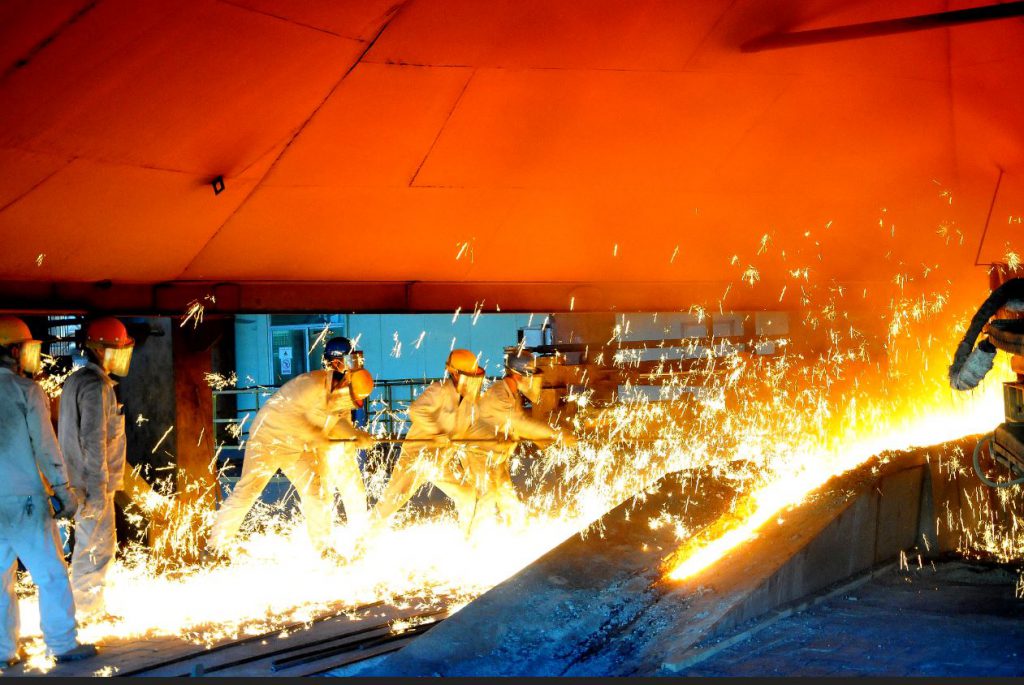
The Philippines said on Friday it aimed to add three more processing plants in the effort to develop a downstream industry for its abundant nickel resources, after nations such as China and the United States expressed interest in the mining sector.
The Southeast Asian nation is looking to follow neighbouring Indonesia, which lured major investment in processing plants for its huge deposits of nickel ore after banning unprocessed exports in 2020.
Environment Minister Maria Antonia Yulo-Loyzaga, whose agency also regulates mining, said the Philippines should boost its capacity to process nickel, a key component in producing EV batteries.
Australia, Britain, Canada and European Union nations had also shown interest in the Philippines, she said.
“We do wish we were part of the value chain, rather than just the supply chain,” Loyzaga told a briefing.
“We want to be able to foster an environment that will encourage investments in processing by making sure we’re able to facilitate exploration, and facilitate extraction in a responsible way.”
Ceferino Rodolfo, the undersecretary for trade, said the Philippines was targeting three more processing plants to boost its capacity and add value to its nickel output. He did not give details, however.
The country now has two nickel processing plants, both partly owned by the biggest ore producer, Nickel Asia Corp.
Processing its nickel ore output would be the ideal scenario for the Philippines, said Economic Planning Secretary Arsenio Balisacan, and the time was right as its seeks to add value to its production of minerals.
“This energy transition issue has made our critical minerals not just an economic value proposition, but also has implications for energy security, national security,” Balisacan told reporters on the sidelines of a mining forum.
With its large untapped mineral deposits, the Philippines is studying possible incentives for mining companies, he added.
The latest government figures show that the Philippines, a major supplier of nickel ore to top metals consumer China, produced 35.14 million dry metric tons last year, an increase of 19% on the year.
(By Mikhail Flores and Karen Lema; Editing by Clarence Fernandez)
Comments